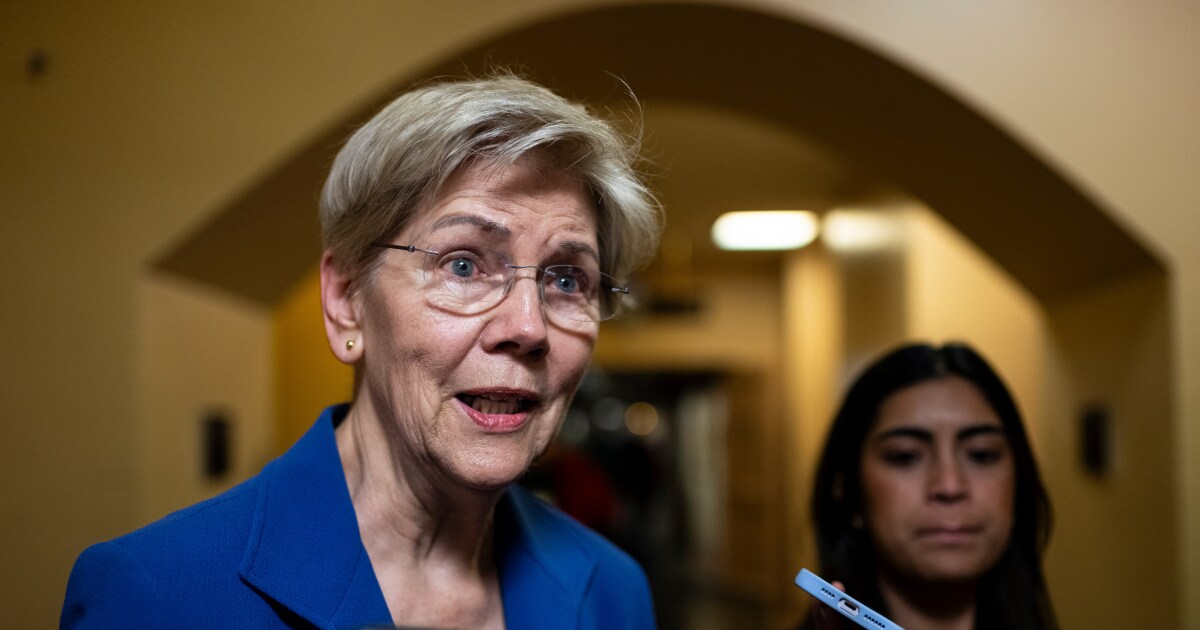
Lenders knew the government-sponsored enterprises needed to cap purchases of single-family loans backed by investor properties and second homes but didn’t necessarily think it would start this soon.
April 1 eligibility criteria Fannie Mae announced Wednesday to fulfill a change to the GSEs’ preferred stock purchase agreements made by former Treasury Secretary Steve Mnuchin will limit purchases to 7% over the course of a 52 week period.
This worred mortgage companies because they thought alternate investors’ prices might not be as favorable as Fannie’s.
“The pricing could be a pretty steep dropoff from the GSE’s,” said David Battany, executive vice president of capital markets at the California-based Guild Mortgage.
The 7% cap essentially calls for GSEs not to purchase any more than they're currently buying, but the impact could vary by company depending on how much of this type of business they do.
“We will be monitoring deliveries of second home and investor loans on a lender-level basis,” Fannie said in the letter, noting that it will be “working with” those that “have excessive delivery volume of these types of loans.”
Fannie indicated it would be looking to the Federal Housing Finance Agency for guidance in the matter. The FHFA incorporated the mandate in plans for the GSEs as part of its broader aim to strike an agreement with Mnuchin that allowed Fannie and Freddie to keep retaining capital and building earnings. The Treasury did not immediately reply to a request for comment.
Fannie’s rival, Freddie Mac, will also be subject to a limit on second-homes and investor properties due to the PSPA change, but did not have a response to inquiries available at a deadline.
Limits to these types of loans could be particularly problematic when it comes to loans on vacation houses. Interest in them boomed due to the pandemic, and how consumers are using them may be in transition.
“How do you define a second home? People are rethinking that,” said Brian Koss, executive vice president of Mortgage Network, a lender active in Eastern U.S. states. “It’s a confusing time to do this, and it’s going to be interesting to see how flexible they’ll be.”
Another question lenders had related to the directive was whether income the GSEs could lose from capping these loans could lead Fannie and Freddie to charge higher guarantee fees.
“I think these loans cross-subsidize normal production so the jury’s still out on what kind of upward pressure this could put on your standard g-fee,” said Matt Garlinghouse, executive vice president, capital markets at Cherry Creek Mortgage.
While the GSE’s early start on the change is understandable, it could be a tall order if they’re asking lenders to cut back what they individually submit by April, Battany said. It could be more manageable if they make the change by approving fewer loans of this type, he added.
“To shift some of these loans from the GSEs to the private market, you have to give them time to set that up. I understand that,” said Battany. “But from a lender’s point of view, it’s extremely short notice.”



